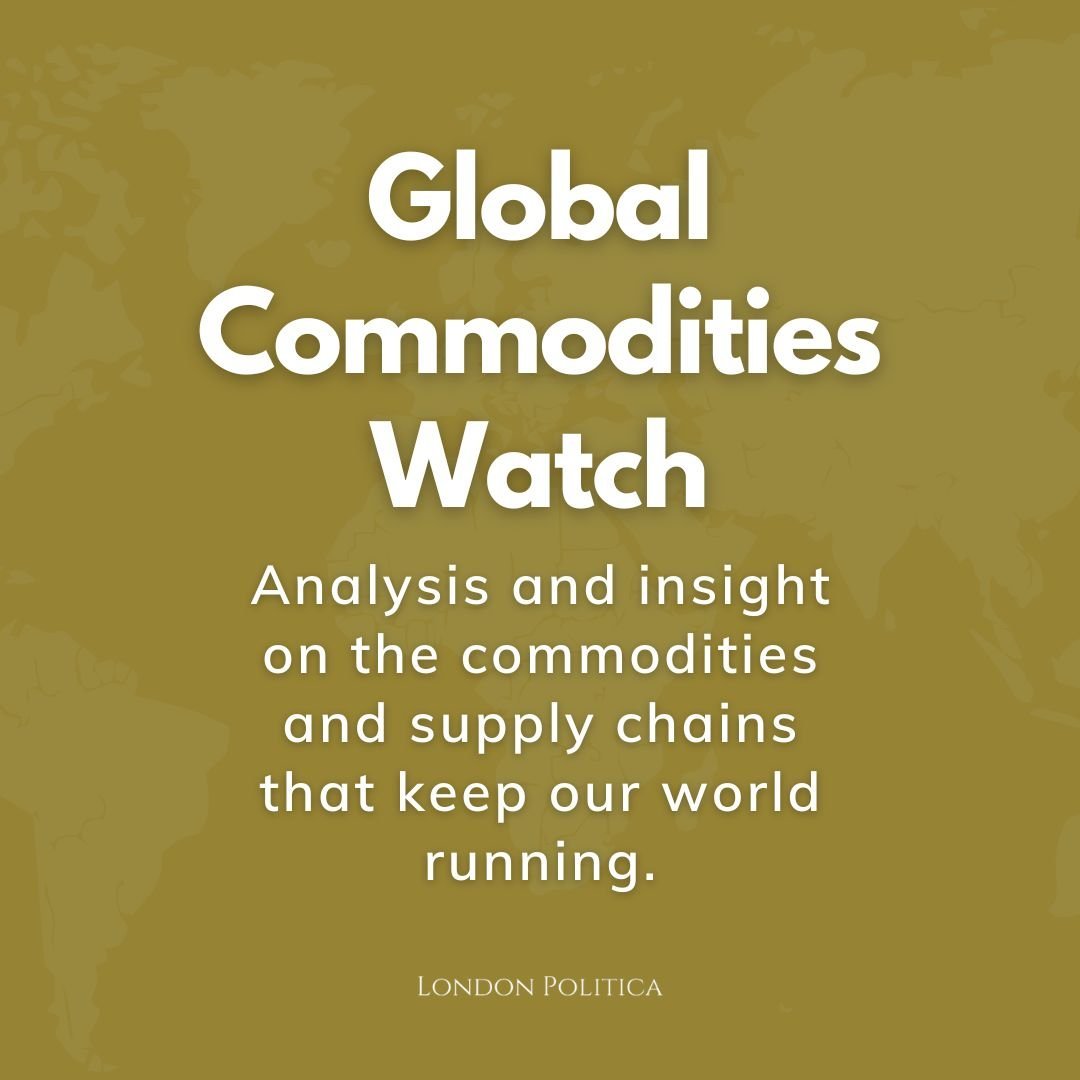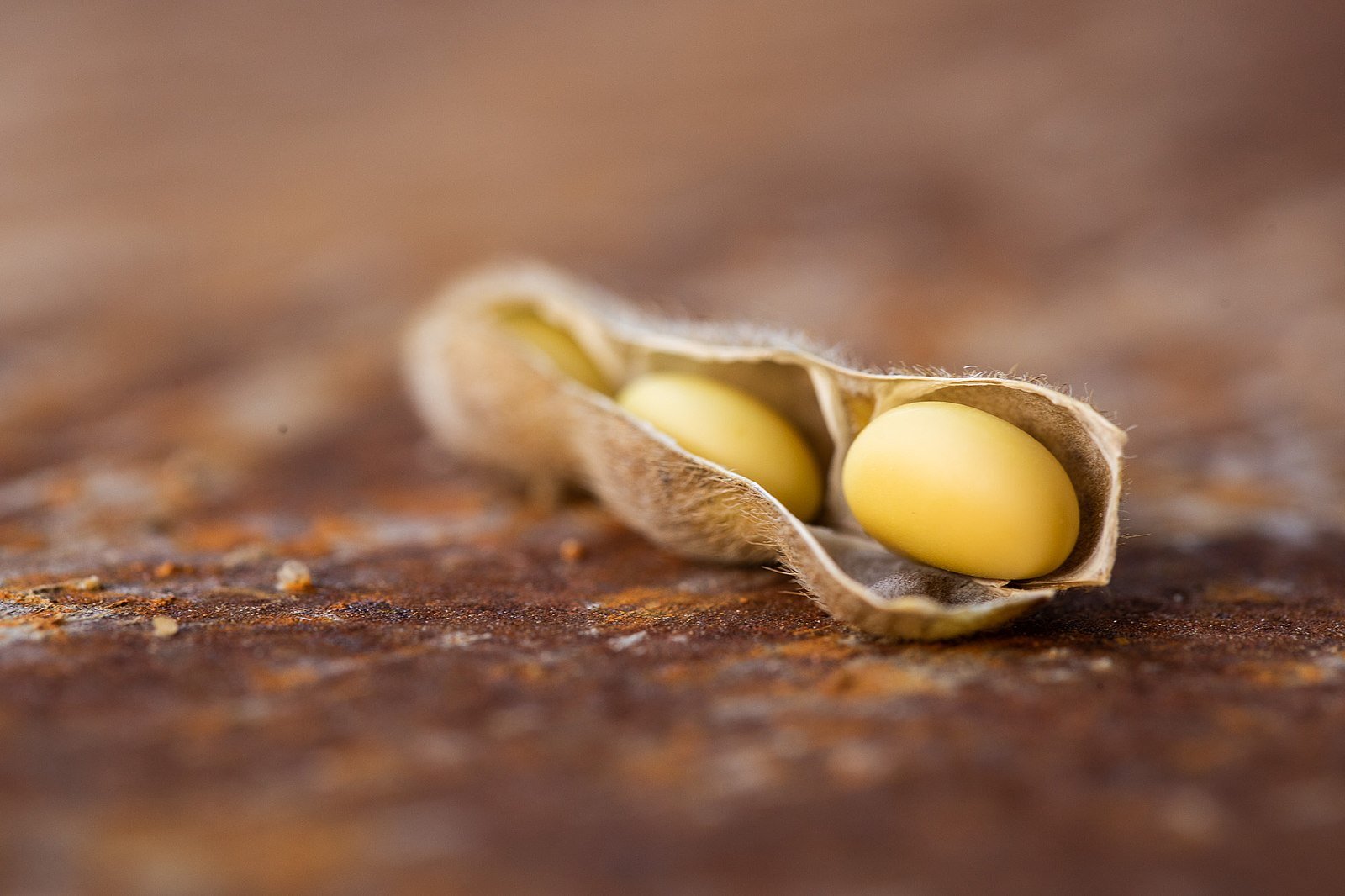The 2020s Commodities Boom: How Long Before the Outlook Dives?
The link between commodities boom during recession and inflation is well-established. During a recession, central banks often lower interest rates to stimulate economic activity, which can lead to inflationary pressures. Inflation can also be driven by increased demand for commodities as economies recover. This was evident during the global financial crisis of 2008-2009, where a sharp increase in commodity prices occurred during the recovery phase.
Similarly, the COVID-19 pandemic in 2020 led to a sharp recession, followed by a commodity boom in 2021 due to a combination of factors, including supply chain disruptions and increased demand as economies reopened. The result was a surge in commodity prices, including oil, copper, and agricultural commodities that had continued well into 2023. It is important to highlight these dynamics between economic performance, and commodity rallies, to better outline market performance, and make better long term trading decisions. The link between commodity prices and inflation is made visually available by the St. Louis Federal Reserve.
To project when the outlook in the commodity markets can settle down a time-series analysis must be conducted using historical data to identify trends and patterns in commodity prices, such as the ones above. The analysis must also include macroeconomic variables such as interest rates, inflation, and GDP growth to identify the drivers of commodity prices. However, it is important to note that commodity prices are highly volatile and subject to various unpredictable factors such as natural disasters, political instability, and global events. Yet, based on current trends and projections, it is likely that the commodity boom will eventually settle down as global supply chains stabilise and interest rates cool down. However, the timing and extent of this will depend on a range of factors and will require ongoing monitoring and analysis.
The most likely estimate would be, not before FY2024. Given the reaction of markets to the increase in interest rates, multiple cases of bankruns, the subsequent banking crises, and ongoing Russian invasion of Ukraine, volatility is here to stay for the short-run. However, the CPI (Consumer Price Index) has been showing signs of improvement, with inflation in North America, and the Eurozone, almost at the cusp of weathering down. This follows a decline in energy prices, and can be credited to deflationary fiscal policies aimed at slowing monetary velocity. Given the response of the Federal Reserve, the fallout of the bank failures has been prevented from adding fuel to the fire, and efforts from both banks, and the government, to reassure depositors of confidence in the institutions that govern them, have allowed for the stabilisation of outlook for the short run. To conclude, investors can expect the commodities rallies to continue through 23’, although as economic and geopolitical forces begin to stabilise, the inflated boom can be seen as a short term bubble, waiting to burst as growth returns.
Cry For Me Argentina: What the current soybean rally tells us about climate change and food security
Soybeans are a fundamental commodity for the global food chain. While only a tiny fraction of the crop is used directly for human consumption, soybeans are a crucial component of animal feed, and as such indirectly significant for human consumption. This means that soybeans can have a substantial impact on food prices in general. For this reason, the out of season increase in price of soybean futures (ZSH3: CBOT) and exchange-traded funds (ETFs) like the Teucrium Soybean Fund ($SOYB: NASDAQ) could be a potential warning sign of how climate change might adversely impact global food security. This is because many analysts are associating the increase in price to the ongoing summer drought in Argentina and Brazil – two key exporters, accounting for half of global supply of soybeans. Cultivation of the crop in Brazil occurs traditionally in the state of Rio Grande do Sul, whereas in Argentina cultivation is spread across the Argentine Pampas and the province of Santiago del Estero.
Reuters reported on January 12 2023 that up to 90-per-cent of the expected harvest in Rio Grande do Sul will be wiped out in the absence of heavy rainfall – this lack of rainfall in Rio Grande do Sul was also highlighted in the latest agroclimatic monthly report published by the Brazilian Meteorological Institute. Likewise La Bolsa de Cereales (Buenos Aires’ grain exchange) reports that in the event of a severe drought the country will miss its expected harvest by 12.5 megatons, while a mild drought would dampen this loss to seven megatons. According to the same report, the impact of this dry winter could be a reduction of two per-cent of the value of Argentina’s entire agricultural industry this year. The impact this has had on futures is not so pronounced, however. Since December 1 2022 the value of ZSH3 futures contracts maturing in March 2023 increased 3.75 per cent from $1,489.40 to 1,435.60, peaking at $1,546.40 on January 17 2023. Likewise in the same timeframe, $SOYB has risen a modest 1.48 per cent from $27.05 to $27.45, finding resistance at $28.50 on January 12 and January 17 2023.
In the context of near-record global inflation over the last year and a summer drought in South America, it is difficult to pinpoint the exact causal mechanism of the higher-than-average prices of soybean futures. However, the arid weather conditions in Argentina and Brazil have sprung short-term supply shocks which could be driving this out of season rise in soybean prices. Furthermore, other grain ETFs focussing on different crops, such as wheat ($WEAT) and maize ($CORN) are seemingly returning to pre-covid price fluctuations, although they are still dealing with spillover from the Russian invasion of Ukraine. In the long-term, increasing temperatures and decreasing rainfall will potentially reduce supply. Nevertheless, the impact on price remains unclear. Whether climate change will impact harvest cycles, and by extension price fluctuations, or if harvest cycles and price fluctuations occur with the same seasonality as they have done, thus far, remains to be seen.
The untimely nature of this modest increase in soybean prices and the timing of the droughts in Argentina and Brazil do raise concerns for the long-term supply and price of grains in the context of deteriorating climate change. Both in Argentina and Brazil, average temperatures have increased by over 1 degree celsius since records began in the 1930s. Although historical rainfall data for Brazil is not as readily available, the decrease in average rainfall in Argentina since record-keeping began has been around 50mm/year.
Whilst the recent links between extreme climate events, crop cycles, and commodity prices are cause for concern in the long-run, we ought to be prudent in overstating the negative impacts on crop prices and food security. Yield gaps – the difference between attainable/expected yield and actual yield – in economically developed countries exporting barley, maize, soybeans, and wheat have been decreasing as total output has marginally increased. Other environmental and physiological concerns impacting crop health – such as disease and crop resilience – have also been improving yields with the help of new technologies.
In summary, the current supply-side issues will probably make for a very expensive year for soybean futures and, because of the crop’s use in animal feed and oils, probably will have some impact on supermarket shelves too. The impact of the current drought could well be corrected if inflation subsides or indeed, if a recession occurs. But this remains to be seen. With this and next week’s forecasts pointing to some rain in Junín, Buenos Aires – one of the larger soybean pastures in the province – and Rio Grande do Sul in Brazil, there is still hope that some of the South American soybean harvest can be rescued.


